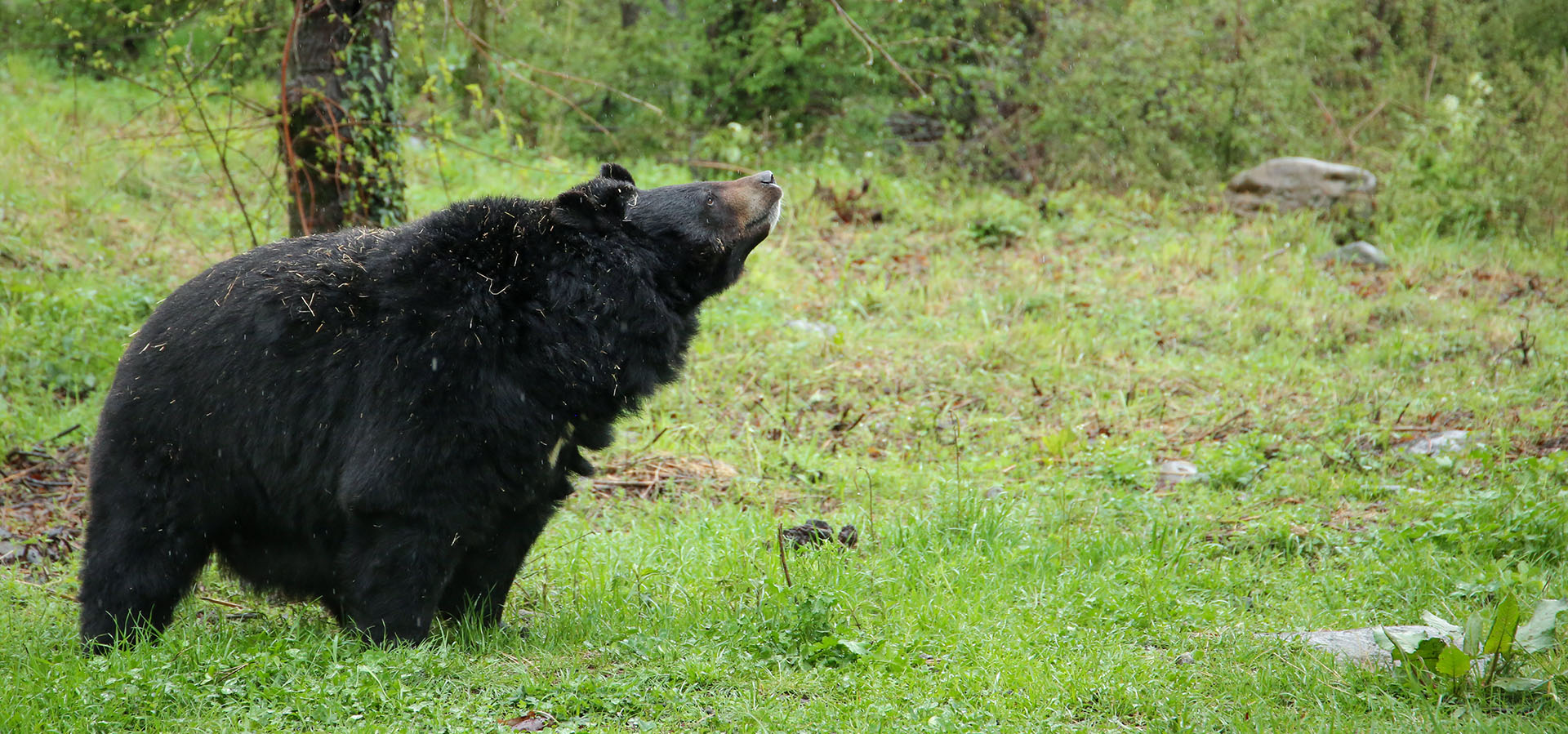The year was 2006. An Asiatic Black Bear was burnt alive. Yes, you need to read that twice.
It was probably one of the darkest days in the history of Jammu and Kashmir (J&K) but still it eluded major media coverage. The visuals seemed as if the whole act was a product of some dystopian future.
People were seen chasing the bear after it had entered a human-dominated space. When the helpless bear climbed and sat atop a tree to save itself, an acrimonious mob started pelting stones and sticks at the animal in an attempt to drive it away. When that did not work, they resorted to burning the helpless bear alive by using a long wooden stick as a torch.
The history of human-bear conflict in J&K is not a very pleasant one and is mired in tragic incidents. And one specific animal which bears the brunt of it all is the Asiatic Black Bear (J&K is also home to the Himalayan Brown Bear), which is widely distributed in the Kashmir Valley. It has been reported that 25% of forest divisions in J&K reported human-bear conflict which resulted in a lot of human deaths and injuries over the years. The gravity of these conflict situations directed the anger of the people towards the bears and due to the increase in such incidents in the region, people’s tolerance towards wildlife, especially bears, had run very thin.
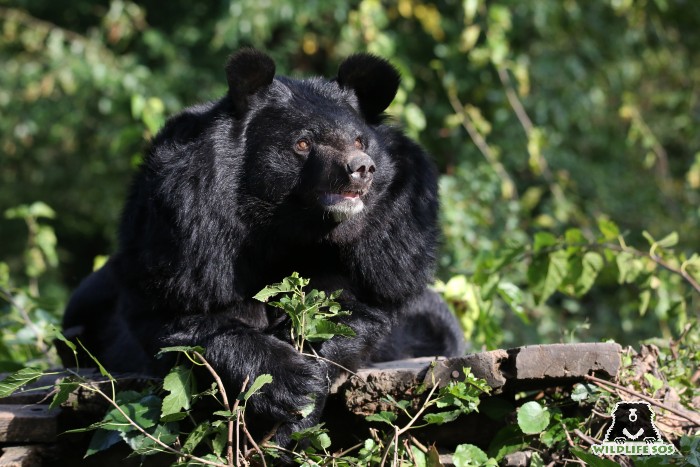
This brutal incident was the trigger which prompted Wildlife SOS to intervene and start work in J&K. In collaboration with the Wildlife Protection Department of Jammu and Kashmir, we went on to establish our bear rescue centres in Dachigam and Pahalgam in an effort to mitigate the human-wildlife conflict situation in the state. Additionally, our team organised various training workshops for the forest department staff and conduct regular wildlife awareness programs to change the perspective of the communities living in close proximity to the natural habitats of wild animals.
Before we started operations, the number of incidents being reported to the authorities were minimal. But once they started getting reported, a lot of them turned out to be cases related to human-bear conflict. Our team conducted a survey in 2006-07 and found out certain reasons for the increase in conflict. Rapid urbanisation and developmental growth led to degradation of the bears’ habitat. Moreover, these issues were overshadowed by political turmoil and anthropocentric conflicts in the state.
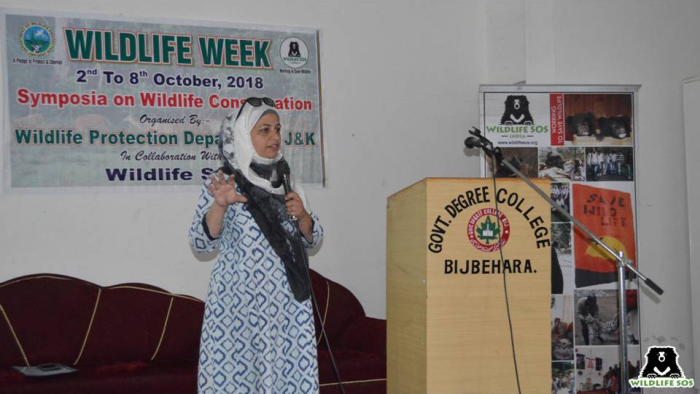
Habitat fragmentation, infrastructural development, and police and military infiltration also led to increase in human-wildlife conflict. With gradual urbanisation, people started building houses on the agricultural lands and encroached the buffer zone between the forested area and human habitation, which eventually led to direct contact with wildlife.
A major reason for human-bear conflict in Kashmir was multiple cropping, where people were maintaining orchards and growing maize on land originally meant for paddy cultivation. Our survey found out that the maximum number of conflict incidents occurred on agricultural lands. It came as no surprise that bears were attracted to these agricultural lands since maize forms a major part of their diet. Lack of awareness among the local people also played a huge role, as they had no clue about bear behaviour, or their feeding and foraging habits. The maximum cases of interface happened between June and October because this is usually the season for fruits when bears used to visit the orchards and feed on them.
These were the areas where we intervened and conducted mass awareness programs. During our endeavours, Wildlife SOS spread awareness about the significance of proper waste disposal, since throwing away the rotten fruits from their orchards and dumping trash in uncovered bins attracted more bears due to the odour. Since bears have a sense of smell 2,000 times stronger than humans, and they can smell rotting waste from miles away, they come for any food which is left out in the open.
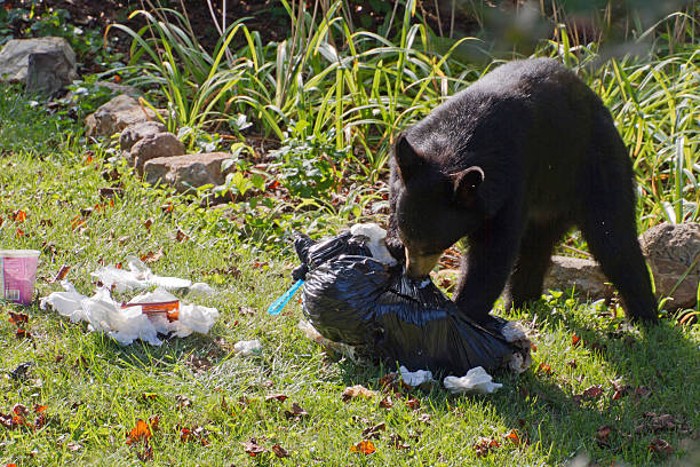
This brings us to one particular rescue instance where a rare Himalayan Brown bear cub was spotted at an Amarnath Yatra campsite in Panchtarni, which got its head stuck inside a dustbin. After several failed attempts to reunite him with his mother, we finally placed him under our care at Wildlife SOS’ Pahalgam Rescue Centre. We rescued another Brown bear from an almost identical situation wherein the animal was raiding bins in Sonamarg. But every cloud has a silver lining, and we have been successfully working in the J&K landscape for the awareness and conservation of these threatened animals.
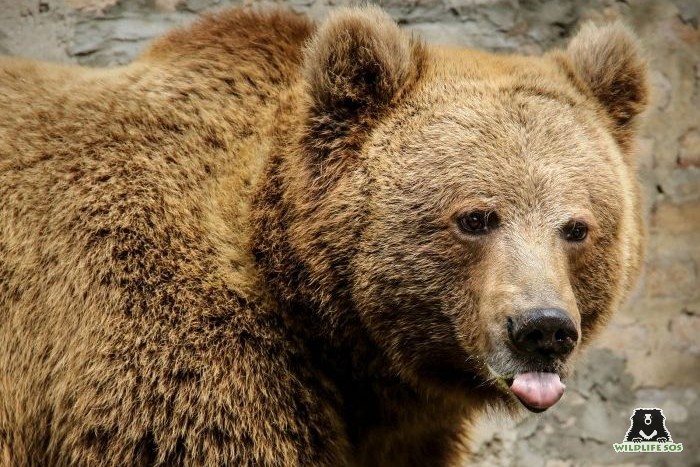
To address the problems of wildlife conflict in urban spaces and rescue animals in distress, Wildlife SOS launched a 24×7 emergency rescue helpline in J&K earlier this year. Wildlife everywhere has a great role in maintaining a healthy and balanced ecosystem. In this context, Jammu and Kashmir’s biodiversity and rich natural resources are a priceless treasure that needs to be conserved and passed on to the coming generations.

